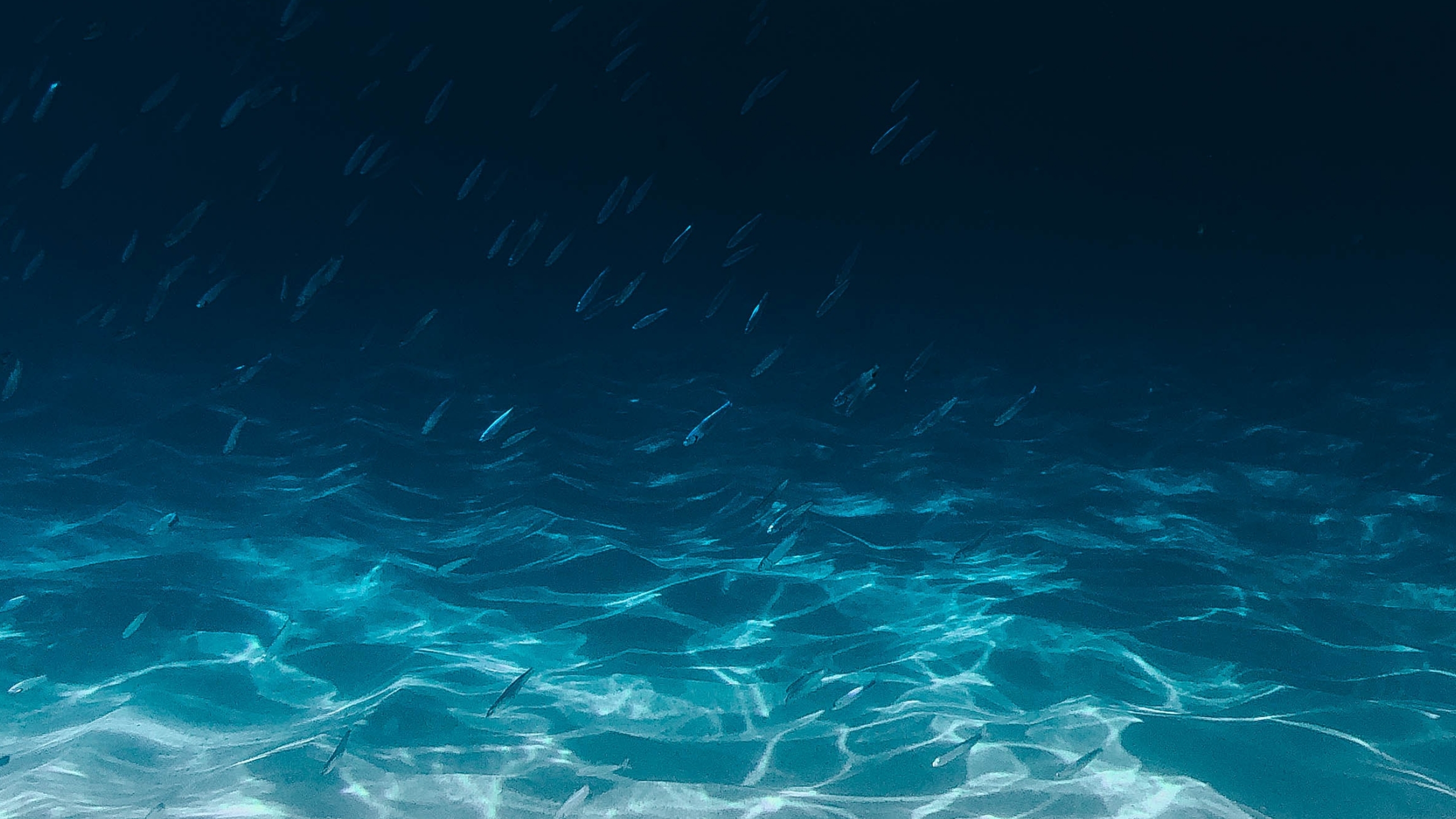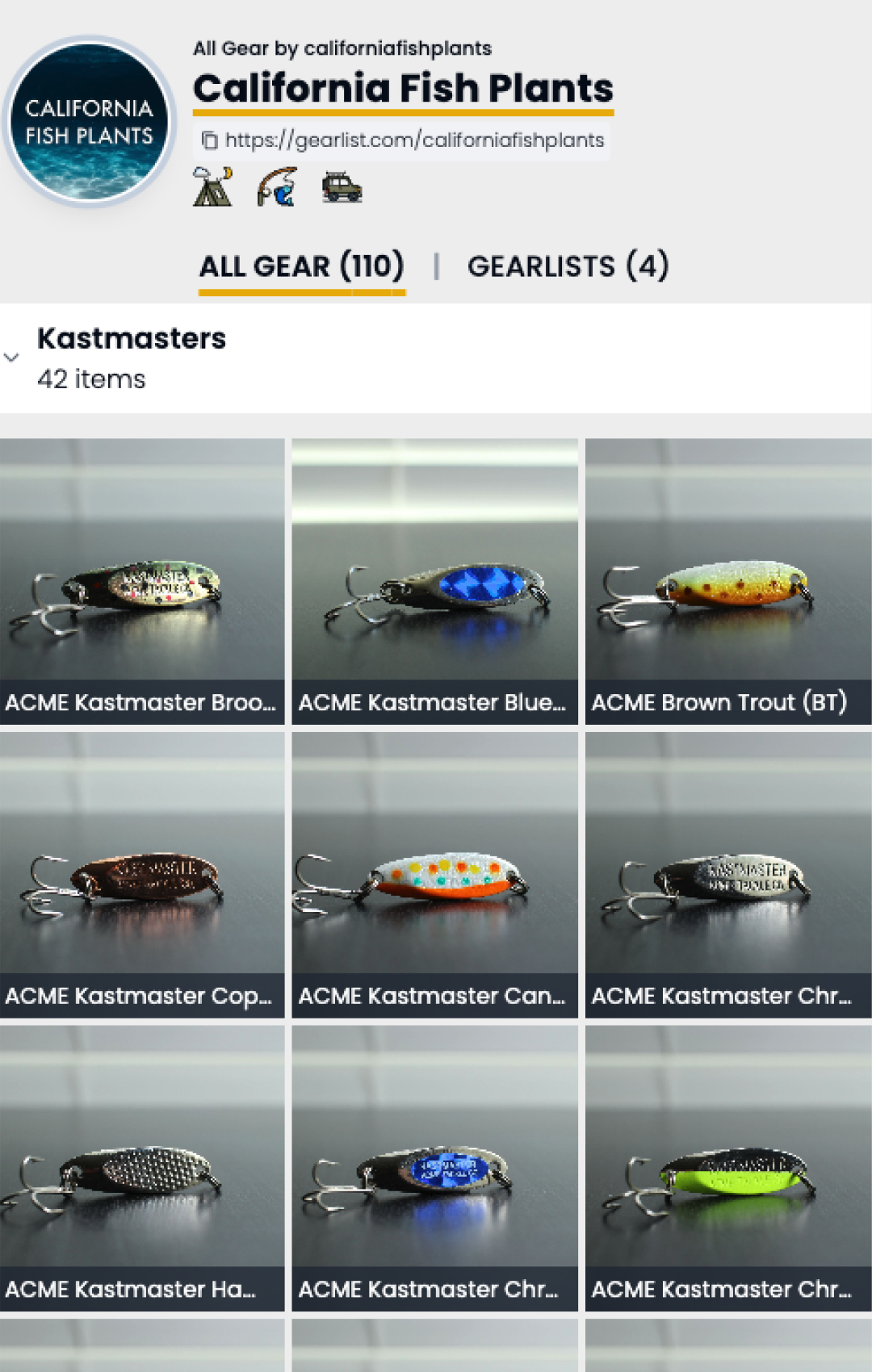Unlock the secrets of Bass Lake, nestled in the Sierra National Forest near Sequoia and Kings Canyon National Parks. This expansive reservoir, set at an elevation of 3,400 feet, offers anglers a diverse array of fish, stunning scenery, and a laid-back atmosphere. Dive into this guide to discover the types of fish you can expect, the rich history of the lake, and expert tips to make the most out of your angling experience.
📈 Latest Fish Plants
Fish here often?
How To Read Fish Plant Graphs
To interpret fish plant graphs effectively, consider the following key elements:
- Blue Vertical Bars and Numbers:
- Representation: The blue vertical bars on the graph represent individual fish plants.
- Weight Measurement: The associated numbers indicate the total weight of the plants in pounds (lbs.) that occurred during a specific week.
- Significance: Monitoring these bars helps identify weeks with higher planting activity, aiding anglers in selecting optimal times for fishing near recent plantings.
- Orange Trend Line:
- Purpose: The orange trend line represents the moving average of all fish plant activities at the specified location.
- Indicator of Activity: A rising trend line suggests a consistent increase in planting activity over the designated period. This indicates the potential for more catch opportunities and signifies a growing fish population over the weeks.
- Interpreting the Moving Average:
- Upward Trend: A rising moving average implies an upward trajectory in planting activity, indicating an increasing number of fish being introduced into the area. This suggests a positive outlook for anglers, as it implies a larger and potentially more accessible fish population.
- Downward Trend (Not Specified): The description does not provide information on the interpretation of a decreasing trend in the moving average. It might be beneficial to include information on what a decreasing trend could signify in terms of fishing prospects.
- No Data Present:
- Possible Explanations: If no data is visible on the graph, it may indicate that the location had no fish plants in the last three months. Alternatively, the absence of data could be due to non-disclosure of fish plants for that location.
- Natural Population: Some fishing areas in California rely on the natural growth of fish populations, and graphs may not show plants if this is the case.
- Graph Disclaimer:
- Data Source: The graphs reflect a combination of publicly disclosed data and estimates. Some locations may disclose fish plants without specifying exact amounts.
- Not Universal: Not all fishing areas have fish plants, and the natural growth of fish populations plays a significant role in many California fishing locations.
Understanding these elements will empower anglers to make informed decisions about when and where to fish based on historical fish plant data.
Note: If no data is present in the graph above, this location may not have had any plants the last 3 months, or may not have publicly disclosed plants. Graphs reflect both publicly disclosed data and estimates, as some locations disclose plants, but not exact amount.
🗺️ Map & Fishing Location
Types of Fish You Can Expect to Catch Here
- Largemouth Bass: The undisputed stars of Bass Lake, these aggressive fighters inhabit both shallows and depths, providing an engaging angling experience.
- Rainbow Trout: Acrobatic and lively, rainbow trout are abundant near inlets, drop-offs, and structure like logs and rocks, particularly during the spring and fall.
- Crappie: Schooling fish that offer fast-paced action, crappie can be targeted with jigs, small crankbaits, or live bait near weed beds and docks, especially in the evenings.
- Kokanee Salmon: Adding excitement in the summer months, these landlocked salmon provide a thrilling fight. Trolling with lures or downriggers in open water is an effective strategy.
A Glimpse into the History of Bass Lake
Bass Lake, aptly named, presents two distinct worlds to anglers. From late winter through late spring, bass and rainbow trout take center stage. The lake transitions into a warm-water haven in June, with kokanee salmon, bass, bluegill, crappie, and catfish thriving. Surrounded by national forest, this long, beautiful lake covers nearly 1,200 acres when full, boasting five campgrounds, four resorts, and two boat launches.
Top 5 Tips for Anglers Fishing at Bass Lake for the First Time
- Rent a Boat or Kayak: Given the lake’s size, a boat provides access to hidden coves, various depths, and a more comprehensive fishing experience.
- Explore Shore Fishing Opportunities: Don’t underestimate the effectiveness of shore fishing. Cast near weed beds, drop-offs, and around the dam in designated areas, especially during the mornings and evenings.
- Adapt Your Tactics: While insects like damsel flies and midges play a role, experiment with various lures, flies, and presentations to determine the fish’s preferences.
- Be Mindful of Boat Traffic: Bass Lake is a popular recreation spot. Stay aware of boats and maintain safe distances, especially during peak hours.
- Check Water Levels: The lake’s fluctuating water levels impact shorelines and fish behavior. Stay informed about the latest updates and adjust your fishing spots accordingly.
Top 5 Strategies and Tactics for Optimal Fishing at Bass Lake
- Seasonal Adaptations: Tailor your fishing strategies to the season. Early mornings and evenings are ideal for surface bites, and summer is prime time for kokanee salmon.
- Strategic Locations: Explore key areas like the dam, inlets, north shore, south shore, and hidden coves, each offering unique opportunities for different fish species.
- Patience in High Traffic Areas: Given Bass Lake’s popularity, practice patience and respect for other anglers. Minimize noise, keep gear organized, and dispose of trash responsibly.
- Leverage Technology: Utilize downriggers and fish finders for efficient trolling, allowing you to locate schools of trout and optimize your catch.
- Careful Bait Presentation: Pay attention to bait presentation, especially when targeting specific fish species. Vary your techniques based on the preferences of largemouth bass, rainbow trout, or crappie.
Top 5 Recommendations for Fishing Gear at Bass Lake
- Rods: Opt for medium-weight rods suitable for varied fishing conditions in both the reservoir and nearby areas.
- Reels: Select reels with smooth drag systems capable of handling the spirited runs of largemouth bass and rainbow trout.
- Lures: Pack a variety of lures, including imitations of baitfish, insects, and other natural prey to match the diverse feeding habits of the fish in Bass Lake.
- Fishing Line: Use high-quality lines with sufficient strength to withstand the challenges posed by rocky lake bottoms and potential snags.
- Explore Our Gearlist: Visit our Gearlist account for specific recommendations on rods, reels, lures, and other gear used to maximize your fishing experience at Bass Lake.
Embark on a fishing journey at Bass Lake, where tranquility, diverse fish species, and the beauty of the Sierra National Forest converge. As you cast your line into the serene waters, may you unravel the secrets of this unique corner of California, creating memories that transcend the mere act of catching fish.
And lastly, don’t forget to check the local regulations and fishing reports. They can change depending on the season and fish populations. Respecting the rules ensures a healthy fishery for everyone and for future generations to enjoy.



